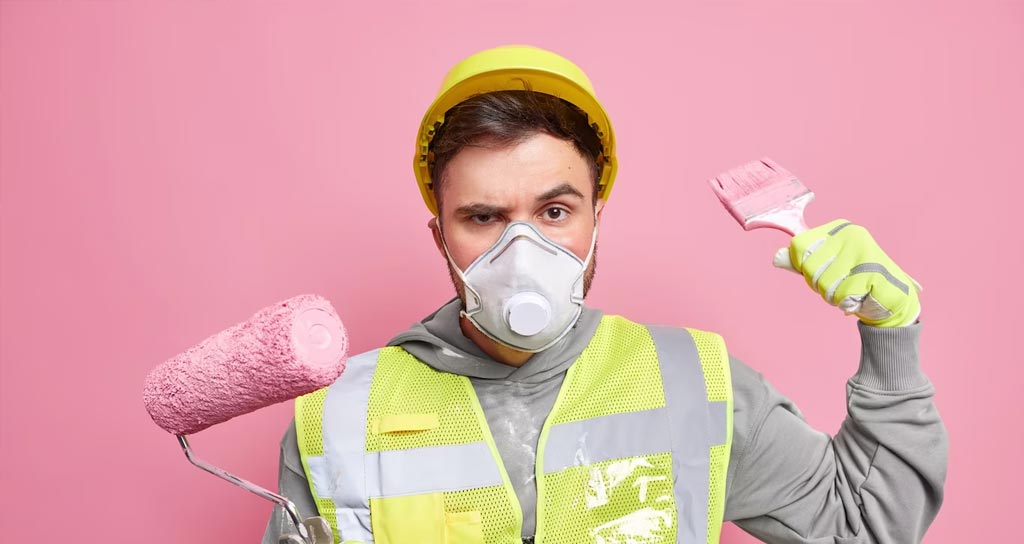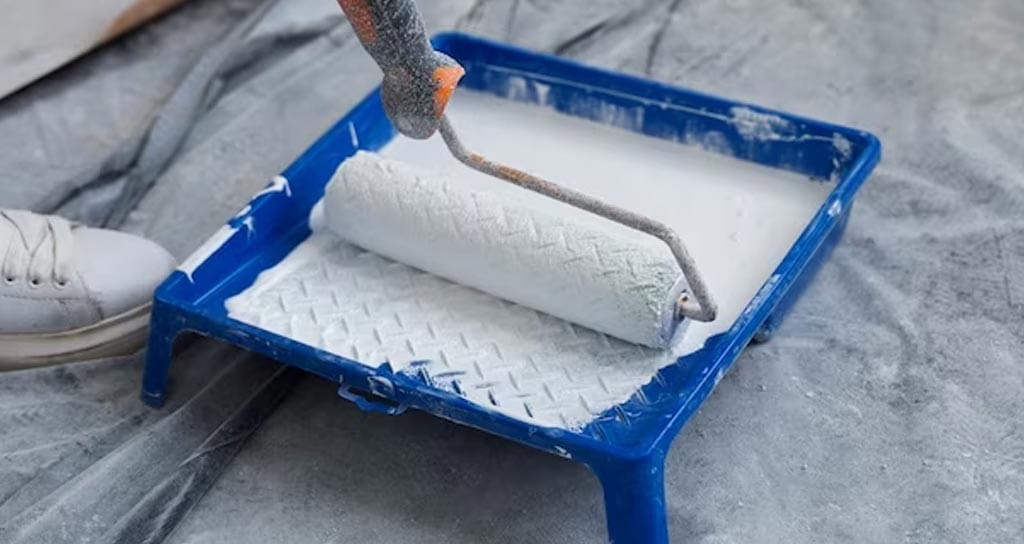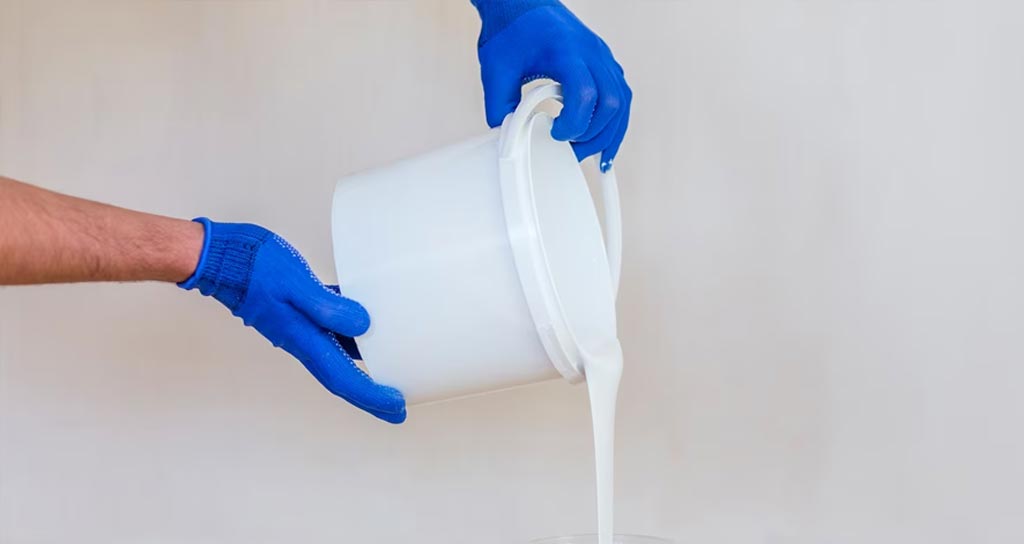
Why Was Lead Paint Banned? Understanding the Health Risks and Legal Actions
Lead paint has been used for centuries in various industries, including construction and interior decoration. However, it was not until the mid-20th century that the harmful effects of lead on human health and the environment were fully recognized. As a result, lead paint has been banned in many countries, including the United States.
In this article, we will explore the reasons behind the ban on lead paint, the health risks associated with its use, and the legal actions taken against manufacturers. This information is essential for West Hartford, Connecticut residents, where many homes and buildings were constructed before the ban. Homeowners and West Hartford house painters should be aware of the potential dangers of lead paint and take necessary precautions to avoid exposure.
Brief History of Lead Paint
Lead has been used as a pigment for centuries, as it has been a favored ingredient in paint for its durability, flexibility, and ability to dry quickly. In the 19th century, lead-based paints became widely available and affordable, making them the preferred choice for house painting. However, it wasn’t until the early 20th century that the detrimental effects of lead on human health and the environment were recognized.
In the 1920s, researchers discovered a link between lead exposure and health problems, such as anemia and high blood pressure. Over the next few decades, more research was conducted, and it became clear that lead was a toxic substance that could cause various health problems, including brain damage and developmental delays in children.
Despite this knowledge, lead-based paints continued to be used for many years. In fact, it wasn’t until the 1970s that the United States government began to take significant action to address the issue. In 1978, the Consumer Product Safety Commission (CPSC) banned using lead paint in residential buildings.
Today, lead-based paint is strictly regulated in many countries, including the United States. Although the ban has created challenges for the industry, it has also led to the development of safer alternatives and improved public health.
Health Risks Associated With Lead Paint

Lead paint can pose serious health risks to anyone who comes in contact with it. This is especially true for West Hartford house painters who may encounter lead paint while preparing surfaces for painting or during the painting process. When lead paint deteriorates, it can release lead dust and particles that can be inhaled or ingested. Once inside the body, lead can cause a range of health problems, including:
- Lead poisoning and its symptoms, such as abdominal pain, headaches, and fatigue
- Effects of lead poisoning on children’s development, including learning disabilities and behavioral problems
- Negative impact on the environment, including contamination of soil and water sources
West Hartford house painters should take the necessary precautions when working with older buildings that may contain lead paint to protect themselves and their clients. This includes using proper personal protective equipment (PPE), such as respirators and gloves, and following safe work practices, such as wet sanding and using a HEPA vacuum. Homeowners should also be aware of the potential dangers of lead paint and take steps to mitigate any risk, such as having their homes inspected for lead paint and hiring a certified professional to remove it if necessary.
Legal Actions Were Taken Against Lead Paint
The harmful effects of lead paint have been known for decades, but it was not until the late 1970s that the United States government began addressing the issue. In 1978, the Consumer Product Safety Commission (CPSC) banned using lead paint in residential buildings. Since then, numerous laws and regulations have been implemented to protect public health, including the Environmental Protection Agency’s (EPA) Renovation, Repair, and Painting (RRP) Rule, which requires certification and safe work practices for contractors working in homes built before 1978.
However, legal action against lead paint manufacturers did not begin until the 1990s. In 1997, the state of Rhode Island sued several paint manufacturers, including Sherwin-Williams and DuPont, for creating a public nuisance by promoting the use of lead paint despite knowing its dangers. The case eventually made its way to the Supreme Court, which ruled in 2008 that the manufacturers were liable for creating a public nuisance but did not need to pay for the total cost of removing the paint.
Other states, including California and Ohio, have also taken legal action against paint manufacturers, resulting in multi-million dollar settlements. These legal actions have played a significant role in raising awareness of the dangers of lead paint and holding manufacturers accountable for their actions.
Despite these efforts, lead paint remains a significant public health issue, particularly in older buildings. Homeowners and contractors must remain vigilant to prevent exposure and protect public health.
Impact of the Ban on the Industry and Consumers

The ban on lead paint has had a significant impact on the industry and consumers. West Hartford house painters and other contractors must now comply with strict regulations and guidelines when working in homes built before 1978. This includes obtaining certification and following safe work practices to minimize the risk of lead exposure.
The ban has also created challenges for manufacturers, who must now produce lead-free paints that meet the same standards as lead-based paints. This has resulted in higher production costs and prices for consumers. However, the benefits of using lead-free paints far outweigh the costs. Not only does it protect public health, but it also improves indoor air quality and reduces the risk of environmental contamination.
Consumers in West Hartford and other older communities should also be aware of the potential risks associated with lead paint. Homeowners should have their homes inspected for lead paint and hire a certified professional to remove it if necessary. This can be costly, but it is essential to protect the health of residents, particularly children who are more susceptible to lead poisoning.
In the long run, the lead paint ban has positively impacted public health and the environment. It has forced the industry to adopt safer practices and encouraged consumers to take steps to protect themselves and their families. West Hartford house painters and other contractors play an essential role in this effort and must continue to prioritize safety and compliance when working in older homes.
Conclusion
The ban on lead paint was put in place to protect public health and the environment from the harmful effects of lead. This is particularly important for residents of older communities, like West Hartford, Connecticut, where many homes and buildings were constructed before the ban.
We recognize the importance of complying with regulations and guidelines to minimize the risk of lead exposure for ourselves and our clients. The health risks associated with lead paint are significant, particularly for children and pregnant women. Homeowners should protect their families by having their homes inspected for lead paint and hiring a certified professional, like West Hartford House Painting Experts, to remove it if necessary.
Although the ban on lead paint has created challenges for the industry, it has also led to safer practices and the development of lead-free paints. This is a positive step forward for public health and the environment. As West Hartford house painters, we are committed to providing our clients with high-quality, safe painting services that meet or exceed all regulatory standards.
